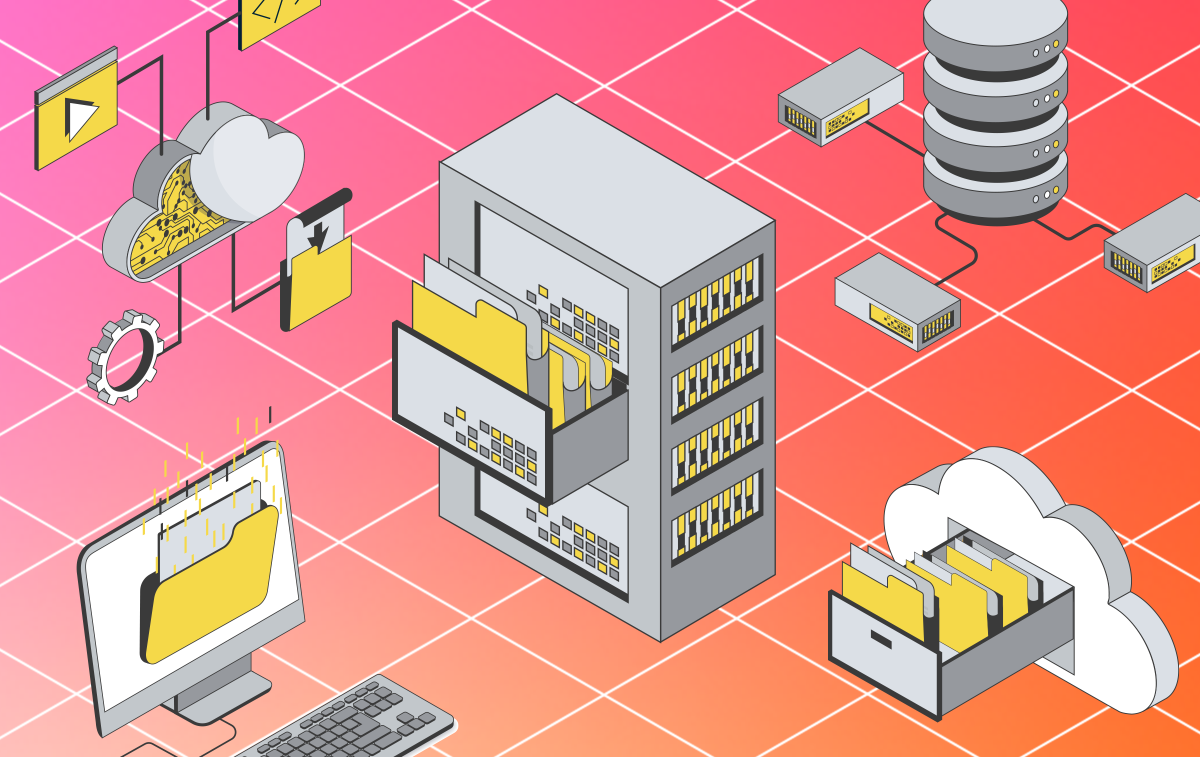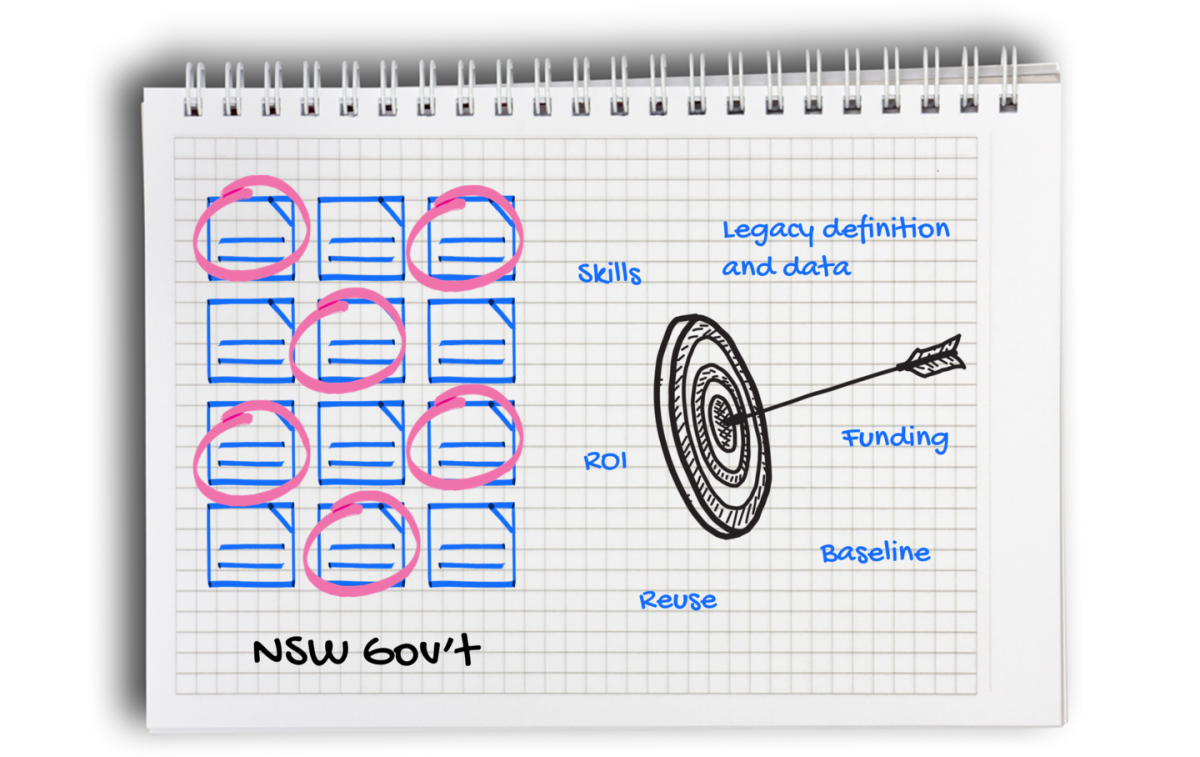
The NSW Government is leading work to reduce the use of legacy technologies to ensure more effective and resilient services for the people of NSW.
Legacy is defined as digital solutions that no longer meet the critical needs of the user. These solutions are often born from highly successful systems and are foundational in providing critical services within organisations and to the customers they serve. Over time, these systems can become highly complex as well as difficult and costly to maintain.
An initial analysis shows that half of NSW Government’s digital investment demand in the last 4 years is related to projects modernising legacy systems. While this shows priority being given to removing legacy technology, the data doesn’t show specifically how this reduces the impact legacy technology has on IT budgets. Governments need to better measure the effectiveness of these modernisation programs and work to reduce costs over time.
Legacy systems include 'technical debt,' which are future costs created when teams choose quick but poor solutions in the short term. Like other forms of debt, technical debt grows over time. If unaddressed, legacy systems can lead to increases in liability, lower productivity, cybersecurity and safety issues, as well as degraded services. These risks have a direct impact on social, economic, and environmental outcomes for NSW.
Legacy technology is a major challenge for governments and businesses
The legacy technology challenge is not unique to NSW Government. The United States and United Kingdom governments spend between 50 to 60% of their ICT budgets on maintaining their legacy systems and have started programs to reduce the risks.
According to a 2023 Gartner survey, legacy technology is a top challenge for government Chief Information Officers (CIOs) in the adoption of digital solutions. This is due to budget constraints and risk-adverse cultures, amongst other reasons.
In a recent report on technology priorities in both the public and private sector, 46% of business executives say that legacy holds back their organisational strategy. CIOs estimate that the problem of technical debt is only increasing, but they allocate less than 20% of their tech budget to address it.
The NSW Government is working to reduce the cost and reliance on legacy technology within our departments and agencies.

Working with agencies to define ways to reduce legacy
The government is committed to improving how we operate and driving productivity by adopting modern solutions that are more fit-for-purpose, able to adapt to changing requirements, and sustainable. See Mission 3 in the NSW Digital Strategy to learn more.
We’re tackling this challenge through 6 targeted interventions:
-
Standardise legacy definitions and data capture to enable consistent prioritisation
Have a shared definition and uniform way to identify legacy-related risks, which will help us better understand the impact of these systems and prioritise modernisation works more effectively.
-
Establish a baseline and list NSW priority legacy systems to guide investment and measure reform
Highlight the criticality and extent of legacy technology in government and measure the effectiveness of our interventions over time.
-
Improve return-on-investment (ROI) and success of system modernisation through guidance, governance, and assurance
Share best practice and standards to increase the chance of success on legacy modernisation, as well as strengthening controls within existing frameworks such as the Digital Assurance Framework.
-
Promote funding for legacy systems that risk negatively impacting communities, the environment, or the economy
Develop an evidence base to inform investment controls and ways to transition to more efficient and sustainable funding of modern digital systems.
-
Establish ways to retain and build skills, reducing risk and cost
Promote a service-focused approach that considers the entire lifecycle of digital systems from initial development through to ongoing support. This includes raising awareness about essential roles and skills for delivering critical digital services across NSW Government.
-
Reduce the size of the NSW legacy baseline through consolidation, standardisation, and reuse
Find shared opportunities to modernise by reusing core and common systems through the State Digital Assets Reuse Policy and strengthen financial operations (FinOps) practices as part of cloud migrations, helping government teams manage and optimise the costs of digital services.
These interventions will enable us to track our progress using robust data, direct investments to reduce critical risks, and embed practices to drive down legacy systems in the long term.
This is a multi-year effort and is key to providing modern, secure, and flexible digital systems that will help the NSW Government deliver on its priorities of better essential services and building better communities.
It will require sustained focus and collaboration across government departments and agencies, as well as engaging with experts from industry and academia.